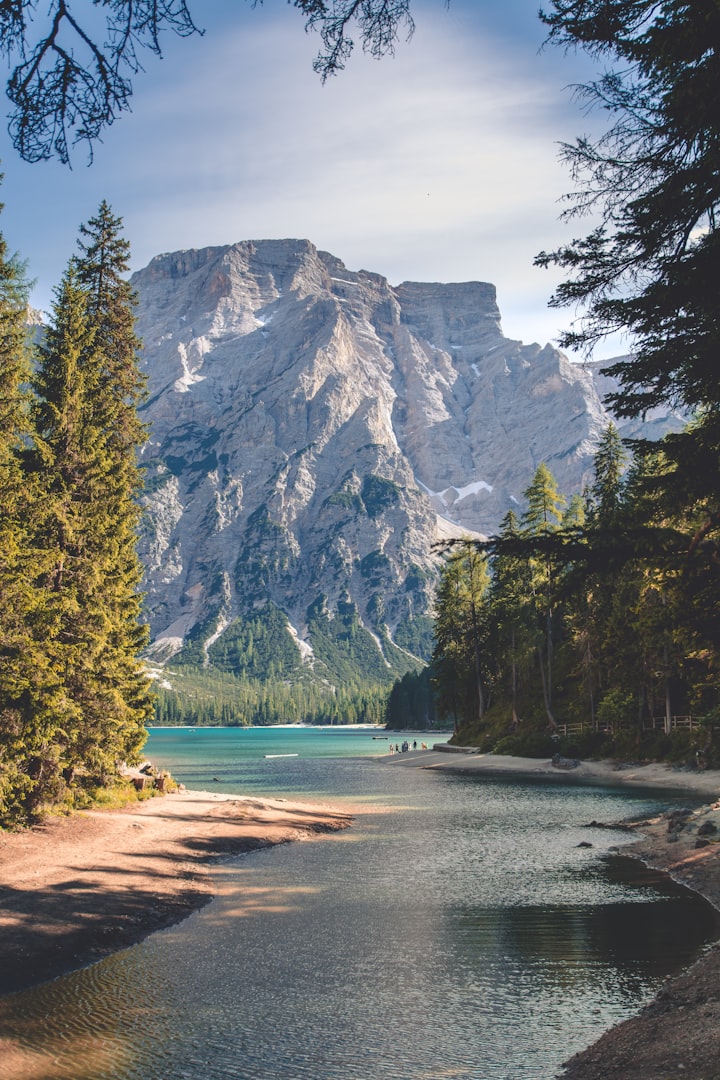Mountains of the moon
A brief about the Rwenzoris

The Rwenzori Mountains, alternatively referred to as the "Mountains of the Moon," stand out as a remarkable and enigmatic natural marvel in Africa. Positioned along the border between Uganda and the Democratic Republic of the Congo (DRC), these towering peaks exhibit a distinctive combination of biodiversity, glacial characteristics, and cultural significance. This exposition aims to delve into the intricate fabric of the Rwenzori Mountains, exploring their geological origins, ecological diversity, cultural heritage, and contemporary challenges.
Geologically, the formation of the Rwenzori Mountains traces back to tectonic movements millions of years ago, initiated by the East African Rift's gradual separation of the continent. This geological activity led to the uplifting of the Rwenzori range, now standing as one of Africa's tallest mountain ranges. The highest summit, Margherita Peak, reaches an impressive elevation of 5,109 meters (16,763 feet). Notably, the equatorial location of the Rwenzoris results in an extraordinary phenomenon: the presence of permanent glaciers and snowfields despite their proximity to the equator. These glacial features have sculpted the landscape over extensive periods, shaping deep valleys, steep cliffs, and cascading waterfalls.
Ecologically, the Rwenzori Mountains serve as a hotspot of biodiversity, harboring a diverse array of flora and fauna found exclusively within this region. The mountains are cloaked in verdant montane forests, providing a habitat for a wide variety of plant species, including towering heather trees, towering lobelias, and vibrant mosses. Beyond the treeline, Afro-alpine moorland dominates, characterized by tussock grasses, imposing groundsels, and peculiar giant lobelias. The Rwenzoris also support a rich wildlife population, including elusive species such as the Rwenzori leopard and the endemic Rwenzori red duiker, along with numerous bird species like the Rwenzori turaco and the elegant francolin.
Culturally, the Rwenzori Mountains hold profound significance for the indigenous communities residing in their foothills. The Bakonjo and Bamba people have inhabited these mountains for generations, adapting to the demanding terrain and climatic conditions. Their cultural heritage is deeply rooted in the mountains, expressed through folklore, traditional music, and dance. For the Bakonjo and Bamba, the Rwenzoris are not merely a natural wonder but a sacred landscape imbued with spiritual importance. Ceremonies and rituals are conducted to honor the spirits believed to dwell in the mountains, with the peaks themselves regarded as sacred sites.
Nevertheless, despite their natural and cultural importance, the Rwenzori Mountains confront an array of challenges in the contemporary era. Climate change emerges as a significant threat, resulting in the retreat of glaciers and alterations in precipitation patterns. These changes have far-reaching consequences for the region's hydrology, impacting water availability for both human communities and downstream ecosystems. Deforestation and habitat degradation also loom large, driven by agricultural expansion and logging activities encroaching upon fragile montane ecosystems. Moreover, political instability, particularly in the eastern Democratic Republic of the Congo, hampers conservation efforts and exacerbates human-wildlife conflicts.
In response to these challenges, concerted efforts are underway to conserve and safeguard the Rwenzori Mountains for future generations. Conservation organizations like the Rwenzori Mountains Conservation Trust and the Uganda Wildlife Authority are actively involved in establishing protected areas, implementing sustainable land management practices, and promoting community-based ecotourism initiatives. These endeavors aim to strike a delicate balance between conservation and development, recognizing the inherent value of the Rwenzori Mountains while addressing the socio-economic needs of local communities.
In conclusion, the Rwenzori Mountains stand as a testament to the remarkable diversity and resilience of nature. From their majestic peaks to their lush valleys, these mountains inspire awe and wonder in all who encounter them. Yet, they also serve as a poignant reminder of the fragility of our planet and the urgent need to preserve its natural heritage. By conserving the Rwenzori Mountains, we not only protect a unique ecosystem but also honor the cultural legacy of the communities intertwined with these mountains. In doing so, we ensure that future generations can continue to marvel at the beauty of the "Mountains of the Moon" for years to come.
About the Creator
Chrispus Mbusa
I am a Mechanical Engineer who believes in Science because it has proven facts about life. I am a father and a researcher






Comments
There are no comments for this story
Be the first to respond and start the conversation.